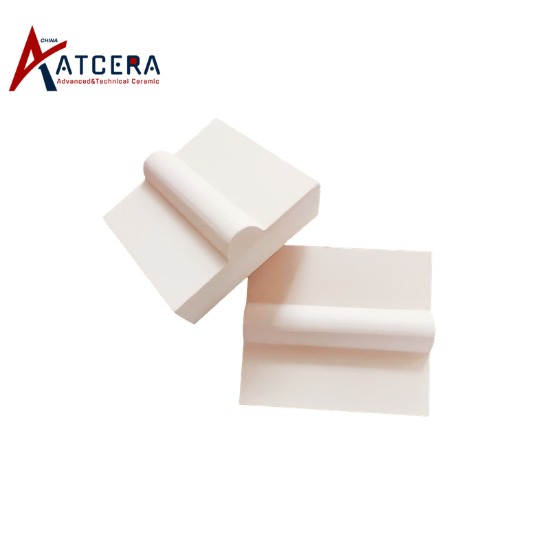Can Smart Multilayer AlN Substrate Revolutionize DBC & AMB Power Electronics Packaging?
Overview of Aluminum Nitride (AlN) Substrates in Power Electronics
In the field of power electronics, with the continuous increase of power density, thermal management has become a key factor restricting system performance and reliability. Aluminum Nitride (AlN), as a material with high thermal conductivity (up to 170 W/mK) and excellent electrical insulation, is gradually becoming the core substrate in high-performance power electronics packages. AlN's low coefficient of thermal expansion (CTE) characteristics enable it to achieve good thermal stress matching with other key materials such as silicon, providing a solid foundation for building stable and efficient power electronics systems. The aim of this paper is to discuss AlN based smart multilayer substrate and its application in direct bonded copper (DBC) and active metal brazing (AMB) power electronics substrate, in order to provide a new idea for the innovation and development of power electronics packaging technology.
Unique Advantages of Aluminum Nitride (AlN) Substrates
AlN substrates are ideal for efficient heat dissipation due to their excellent thermal conductivity. In power electronic devices, heat management is crucial, and AlN's efficient heat transfer ability can effectively reduce the operating temperature of the device, extend the service life and improve the system stability. At the same time, AlN, as a strong electrical insulator, ensures the electrical safety of the power electronic system and avoids faults caused by current leakage or short circuit. In addition, AlN's low CTE characteristics minimize the difference in thermal stress between it and other commonly used materials (such as silicon, ceramics), helping to reduce thermal stress issues during packaging and improve package reliability and long-term stability.
Design & Innovation of Smart Multilayer AlN Substrates
On the basis of maintaining the advantages of high thermal conductivity and low CTE, smart multi-layer AlN substrate realizes more complex circuit layout and function integration through multi-layer structure design. This design not only optimizes the heat conduction path, improves the heat dissipation efficiency, but also provides more possibilities for system integration. For example, intelligent components such as temperature sensors and thermal management control units can be embedded in multi-layer structures to achieve real-time temperature monitoring and regulation, further improving the intelligence level of power electronic systems. In addition, the multi-layer design also enhances the mechanical strength of the substrate and improves the adaptability to complex working conditions.
Applications of DBC & AMB Technology on AlN Substrates
DBC technology utilizes the high electrical conductivity of copper and the high thermal conductivity of AlN, and through the direct bonding process, the copper layer is firmly attached to the AlN substrate to form a power electronic substrate with efficient heat dissipation. This substrate not only has excellent thermal conductivity, but also maintains good electrical insulation, and is suitable for power electronics applications with high power density and high voltage levels. The AMB technology realizes the direct connection between AlN and metal (such as copper) through the active metal layer, further improving the heat transfer efficiency and reducing the interface thermal resistance. AMB substrate has shown broad application prospects in new energy vehicles, smart grids, wind power generation and other fields, providing strong support for the construction of efficient and reliable power electronic systems.
In summary, the ALN-based smart multilayer substrate and its application in DBC and AMB power electronics substrates have opened up a new path for the innovation and development of power electronics packaging technology. By giving full play to the unique advantages of AlN materials, combined with intelligent multi-layer design and advanced packaging technology, it not only significantly improves the thermal management efficiency and electrical performance of power electronic systems, but also provides solid technical support for promoting the rapid development of new energy, smart grid and other fields. In the future, with the continuous progress of material science and packaging technology, ALN-based smart multilayer substrates are expected to play an important role in a wider range of fields, contributing to the construction of more efficient, intelligent and reliable power electronic systems.









